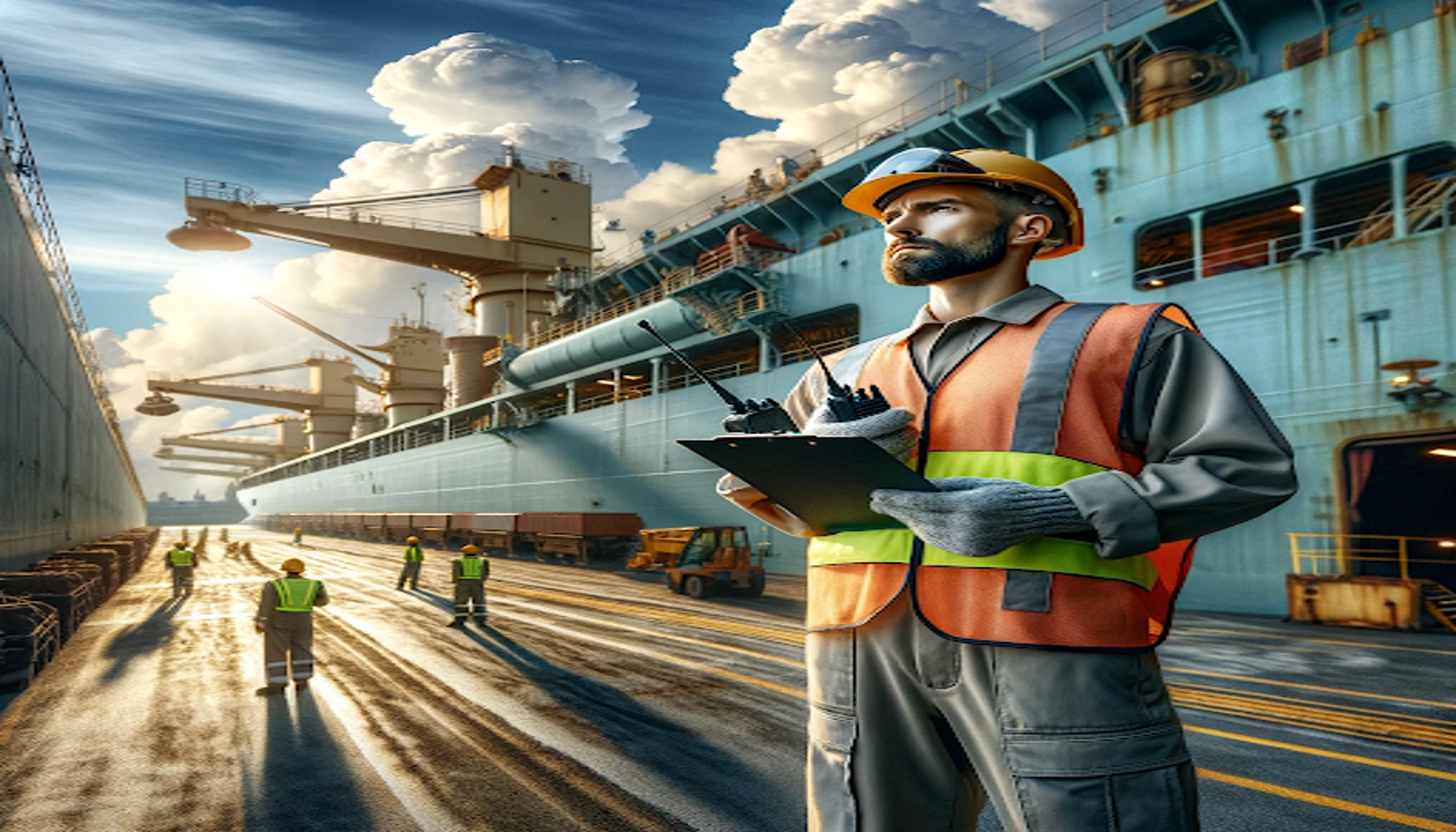What To Do When Your Vessel is Dragging Anchor
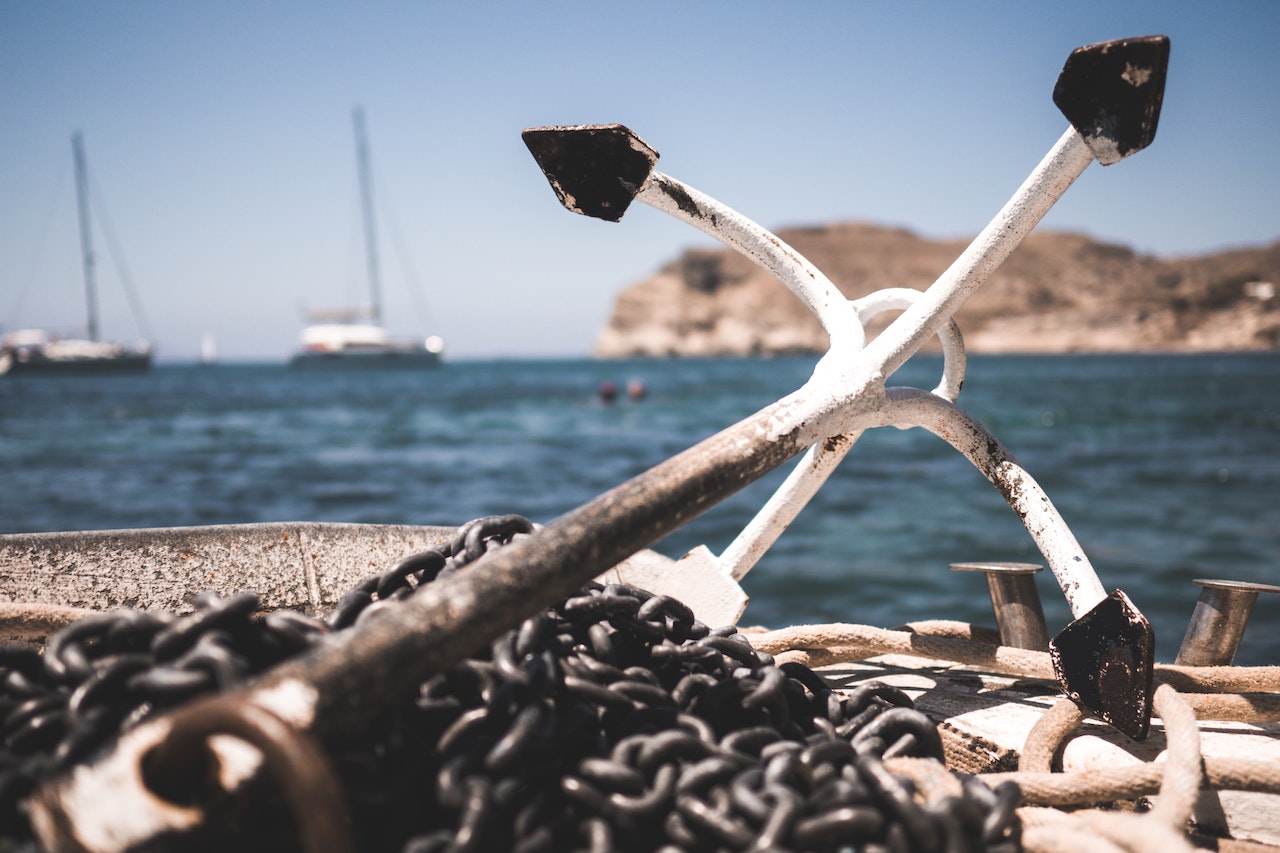
The anchor is one of the most identifiable visuals associated with the maritime industry.
Usually made of metal, the anchor is lowered to the seabed and fastened to a ship or boat by a cable or chain. Its fluke or pointed protrusion burrows into the bottom of the ocean to hold the vessel in place.
But what happens when the anchor is lowered but the ship doesn't stay in its place?
That, my friend, is called a "dragging anchor," an untoward incident that we will discuss in detail below.
What is a "dragging anchor?"
Ships frequently anchor as part of their routine operations to wait for berth, maintenance, bunkering, or other reasons.
External forces, such as the kind and weight of the anchor, the seabed's characteristics, the anchor's holding power, and other factors, all impact anchored ships.
Dragging anchor happens when a ship loses its hold on the seafloor and starts to drift.
It can be dangerous for an anchored vessel to drag its anchor since it increases the risk of drifting into hazardous waters, colliding with other ships, or running aground.
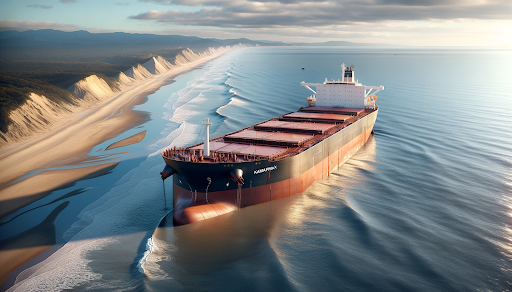
These mishaps have the potential to seriously harm both the ship's structural integrity and the marine environment.
How do you know when a ship is dragging anchor?
Although unfortunate, there are many ways to know when your vessel is dragging anchor. We've listed some of them below so you can be on the lookout for them whenever it happens:
Judge the anchor chain
The anchor chain will be nearly perpendicular to the water's surface when the anchor is in a normal position, with little wind, current, or wave action.
When wind, current, and waves are strong, the anchor chain should be pointed in the opposite direction from the wind, current, and waves.
The angle between the anchor chain and the water's surface will shift, sometimes making a high angle and other times a slight angle.
This means that the strength of the anchor chain varies depending on the situation, and thus it typically appears to be alternately tight and loose.
The anchor chain undergoes constant stress when the anchor is dragging; there is no more tightening or releasing; the angle between the anchor chain and the water's surface barely changes, and the ship will vibrate.
Observe and judge anchoring bow direction
The bow deflection angle is minor when the anchorage position is normal, and there is minimal wind, current, and wave activity.
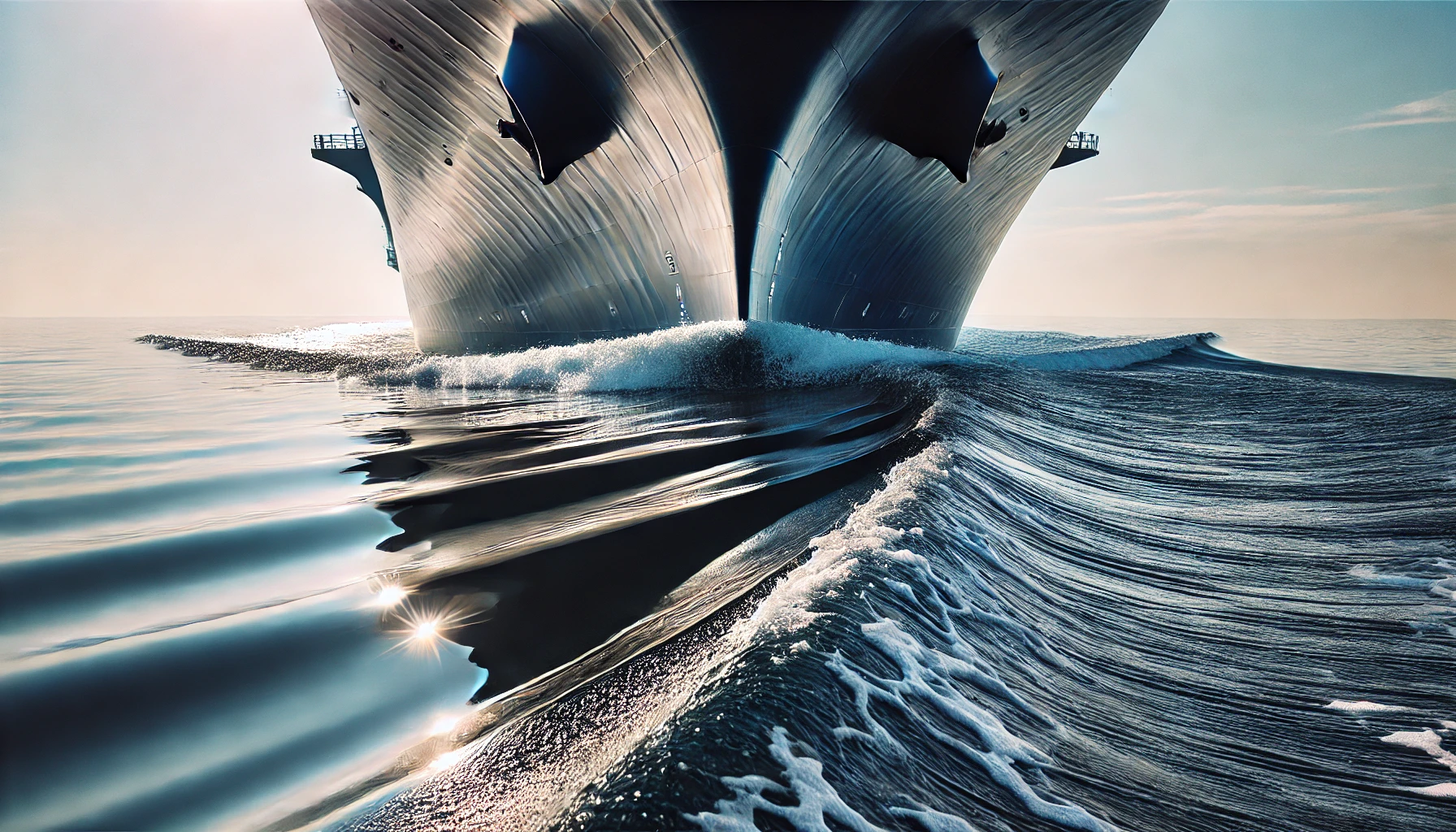
When wind, current, and waves are strong, the bow deflection angle rises, and the direction of the bow changes essentially according to the sine and cosine function law.
When the anchor drags, the bow deflection angle will be minimal or nonexistent, and the moored ship will continue to move backward at the same rate.
Use your GPS
You can determine whether the mooring ship is dragging anchor by using the COG (heading to ground) and SOG (speed to ground) data provided by the GPS (Global Positioning System) receiver of the mooring ship.
When the anchor is in a normal position, with minimal wind, current, and wave activity, the change in COG and SOG will also be minimal or zero, typically not exceeding 0.1kn.
There is typically no rule when there is significant wind and wave motion, although SOG will vary depending on how much the ship is deflected, and the amount of the value is inconsistent.
The COG data will remain steady at a limited window when the anchor is dragging.
How do you prevent your anchor from dragging?
A ship dragging its anchor may be unfortunate, but you can take steps to prevent it.
Choose an anchorage
The depth of the water at the anchorage must be adequate. If the sea depth is insufficient, the moored ship's bottom cross-section will be very small during high tide, and the current pressure on the vessel will quickly build exponentially, leading to a sudden increase in the force on the ship.
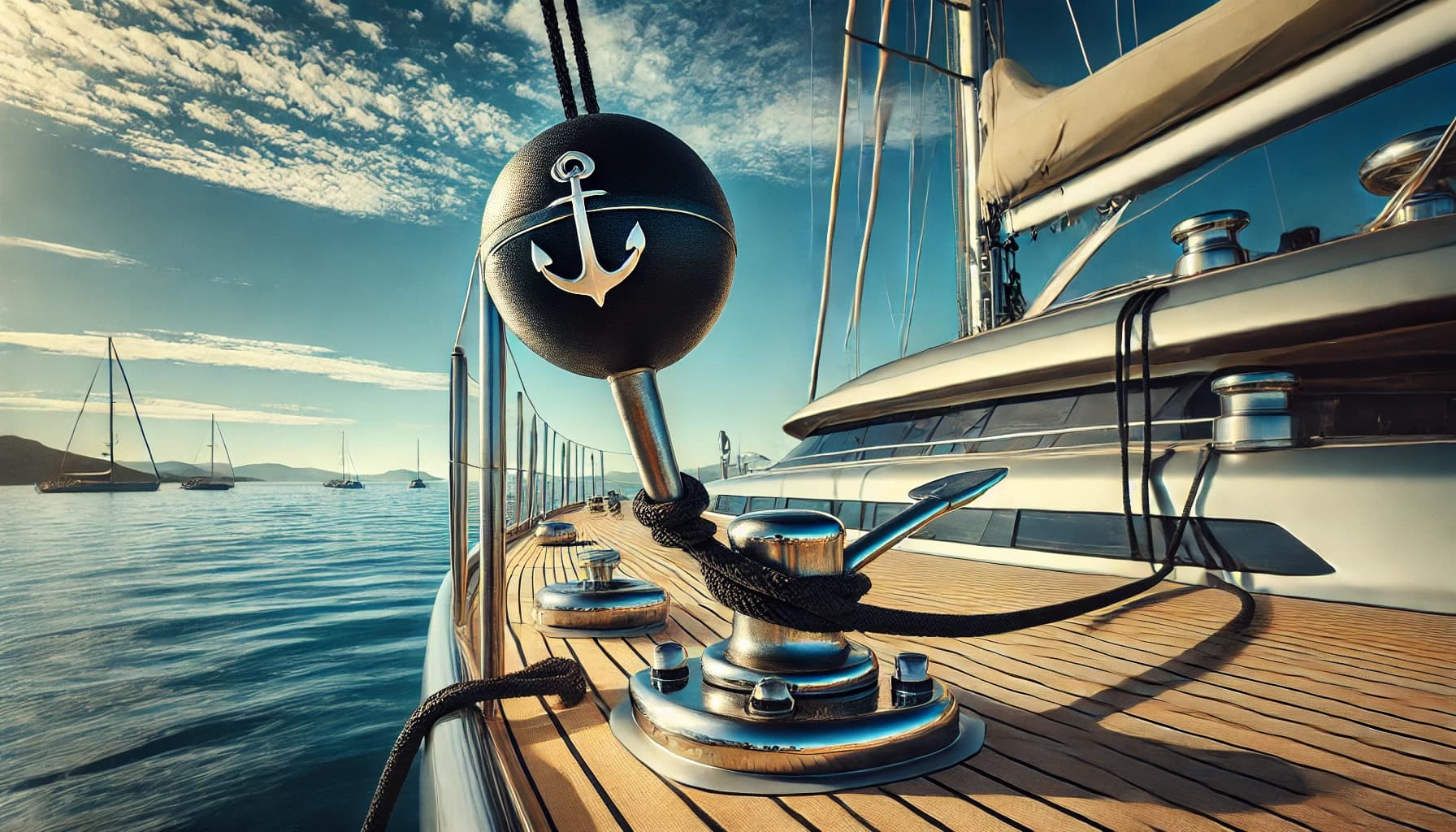
The type of seabed affects how much grip the anchor can have; clay has the most grip, followed by mud and sand, while gravel, shells, and other unsuitable bottoms prevent ships from mooring for extended periods.
The seabed's topography will also impact the grip of the anchor.
Anchor properly
The likelihood of anchor dragging will also rise with the improper operation.
For instance, not enough backing speed during anchoring, loosening the chain too quickly, running out of the chain, piling up, etc., may prevent the anchor from firmly grasping the ground. Also, it is relatively simple to drag an anchor when there is a high wind and fast current.
Strive to anchor away from other boats anchoring or at the back of other ships because if the wind or the front of other vessels is present and the operation is incorrect, it is simple to create a crisis.
Steps to take when the vessel is dragging anchor
Once you have determined that the ship is indeed dragging its anchor, these are some of the actions to take to ensure safety:
- Inform the Master; his decisions are crucial in any given circumstance. With the Master's approval, alert the engine room, start the main engine, and give it power if the windlass doesn't already have power. Prepare the ship for maneuvering.
- Put an end to all cargo activities and get the ship ready for maneuvering. If crane barges and cargo barges are adjacent, let them go.
- Notify and alert surrounding vessels and the vessel traffic system (VTS) about the situation and the actions taken. Get approval before re-anchoring.
- Heave up the anchor and change the anchorage position to a safer drifting area after the ship's maneuverability has been recovered, or head out to sea.
- Before the vessel starts to drag faster, place more cables. This can prevent a small boat from dragging its anchor reasonably early on before it is pushed to the leeward side with increasing speed.
- To maneuver, use the main engine, the steering, and the bow thrusters. It becomes more challenging when the vessel is pressed closer to the leeward side, and weighing the anchor takes a long time. Use the bow thrusters to control the wind. Avoid overriding the anchor, especially in shallow waters where the vessel's pitching motion could damage the anchor.
- Let the vessel drag in a controlled manner if the situation allows. However, doing so is not advised in places where offshore work, such as oil and gas activities, is being done since it could harm cables, pipelines, and other underwater infrastructure.
- If the weather permits, call tugs for assistance.
To summarize
An anchor dragging is one of the numerous unwanted events a ship could experience throughout its operational life at sea.
Sometimes the anchor may drag, which the crew may be unable to control. So, the crew's responsibility is to identify the warning indications of a dragging anchor. Early detection is the key to preventing accidents caused by dragging anchor circumstances.
Want more glimpses into life at sea? Or are you actively seeking your next opportunity? Let Martide help you! Download our seafarer job app from the Apple App Store or from Google Play then browse vacancies and apply with ease today.



